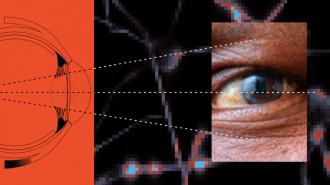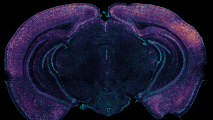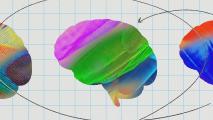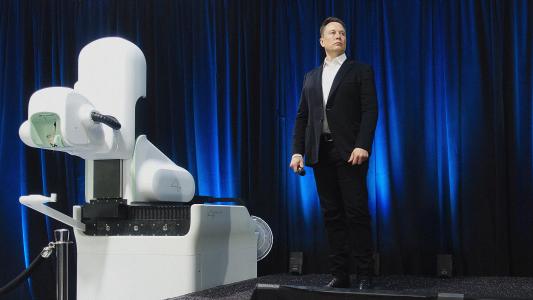A man who is totally blind has achieved a type of “artificial vision,” thanks to an implant that stimulates the vision center of his brain.
The idea: Vision starts with light entering the eye and traveling to the retina, where it is converted into electrical signals. Those signals then travel down the optic nerve all the way to the back of the brain, where they’re processed by the visual cortex.
Because many people who are totally blind have problems with their eyes, not their visual cortexes, researchers at the Illinois Institute of Technology thought it might be possible to give them some form of sight by stimulating that part of their brains.
To do that, they created the “Intracortical Visual Prosthesis” (ICVP).
“We’ve been pleasantly surprised by reliability. We’ve been pleasantly surprised by stability.”
Philip R. Troyk
Artificial vision: The system translates images from a camera into signals for a brain implant, which stimulates the visual cortex directly — bypassing the eye and optic nerve. The goal was to allow even a person with total blindness to see tiny dots of light, called “phosphenes,” where real-world objects are located.
In 2022, the Illinois Tech team implanted an ICVP in a person for the first time. They’ve now shared an update on the first study participant, and so far, the system is working even better than hoped.
“We’ve been pleasantly surprised by reliability,” lead researcher Philip R. Troyk told WGN9 in Chicago. “We’ve been pleasantly surprised by stability.”
Pseudo sight: The type of sight provided by the ICVP is nothing like what a person without vision problems sees, but it can be enough to help a person with total blindness navigate the world.
“I would describe them as blips on a radar screen,” Brian Bussard, who received the first ICVP in 2022, told WGN9 of the phosphenes. “I don’t see a person. I see dots that tell me there is something there, and then you have to use other senses to figure out what it is.”
“We’re Henry Ford on the horseless carriage. We’re not a Tesla.”
Brian Bussard
Looking ahead: The Illinois Tech team is seeking more people to participate in its ongoing study. Because a person who lost their vision early in life might not have a fully developed visual cortex, they’re looking for people who had normal or near-normal vision until at least age 10.
As is, the system isn’t designed to be permanent — participants will have them removed 1 to 3 years after implantation. That means Bussard’s time with the ICVP is more than half over, but he’s hopeful that his contributions to the study will help others in the future.
“I jokingly have told people we’re Henry Ford on the horseless carriage. We’re not a Tesla,” he told WGN9. “Who knows what could happen in 30 years?”
We’d love to hear from you! If you have a comment about this article or if you have a tip for a future Freethink story, please email us at [email protected].





